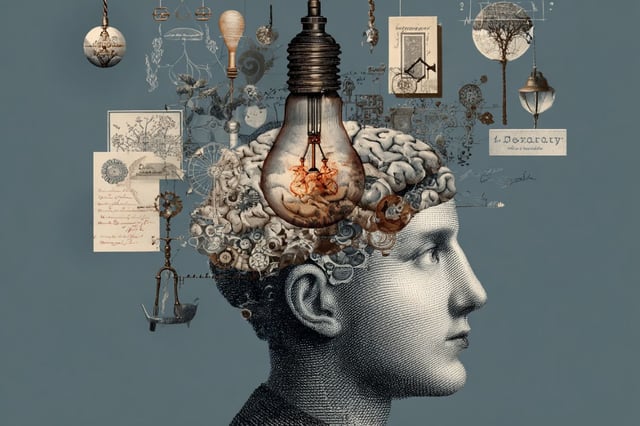Overview
- Dense video of six Ph.D.-level mathematicians solving William Lowell Putnam problems yielded more than 4,600 coded blackboard interactions.
- Behavioral unpredictability rose in the two minutes before a verbalized insight and peaked about one minute after, then returned to baseline.
- The team quantified unpredictability with tools from information theory, drawing on concepts from statistical physics and ecology to frame insight as a critical transition.
- The peer-reviewed findings appear in Proceedings of the National Academy of Sciences, led by UC Merced’s Shadab Tabatabaeian and Tyler Marghetis with collaborators at Indiana University and Netflix.
- Researchers say the approach could extend to stepwise creative work in fields such as chemistry, design, or art, with larger studies needed to test generalizability and predictive value.
